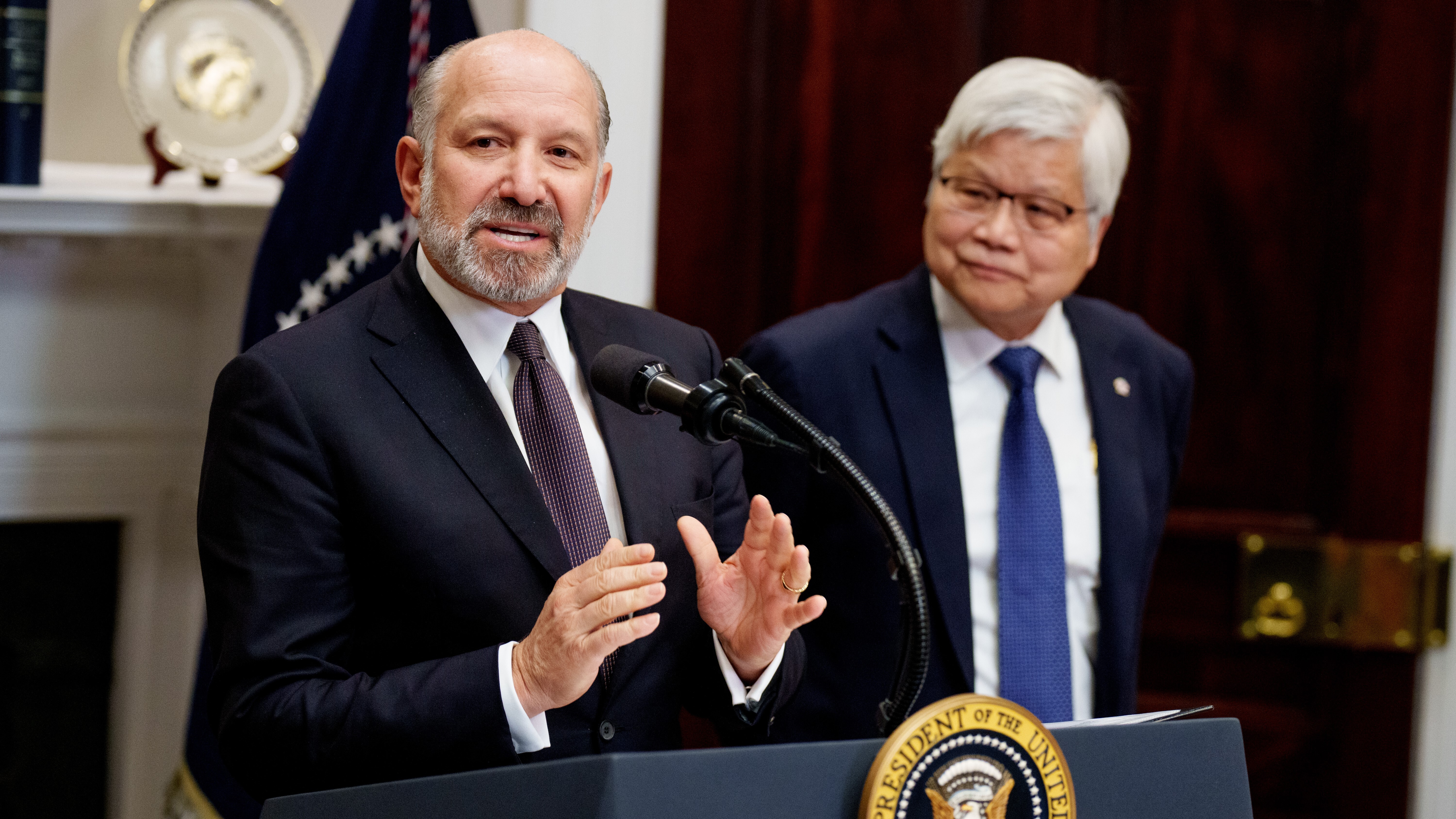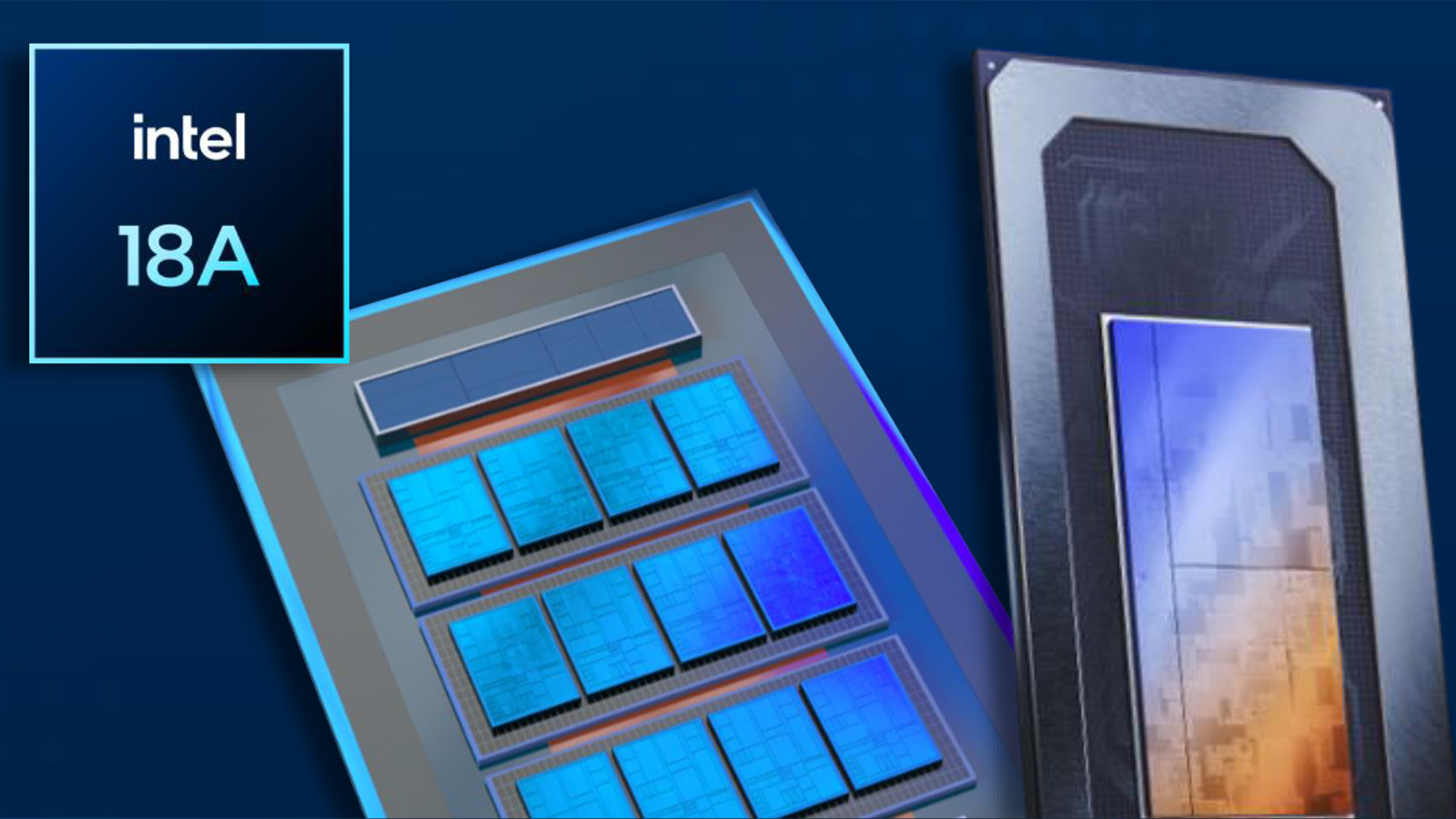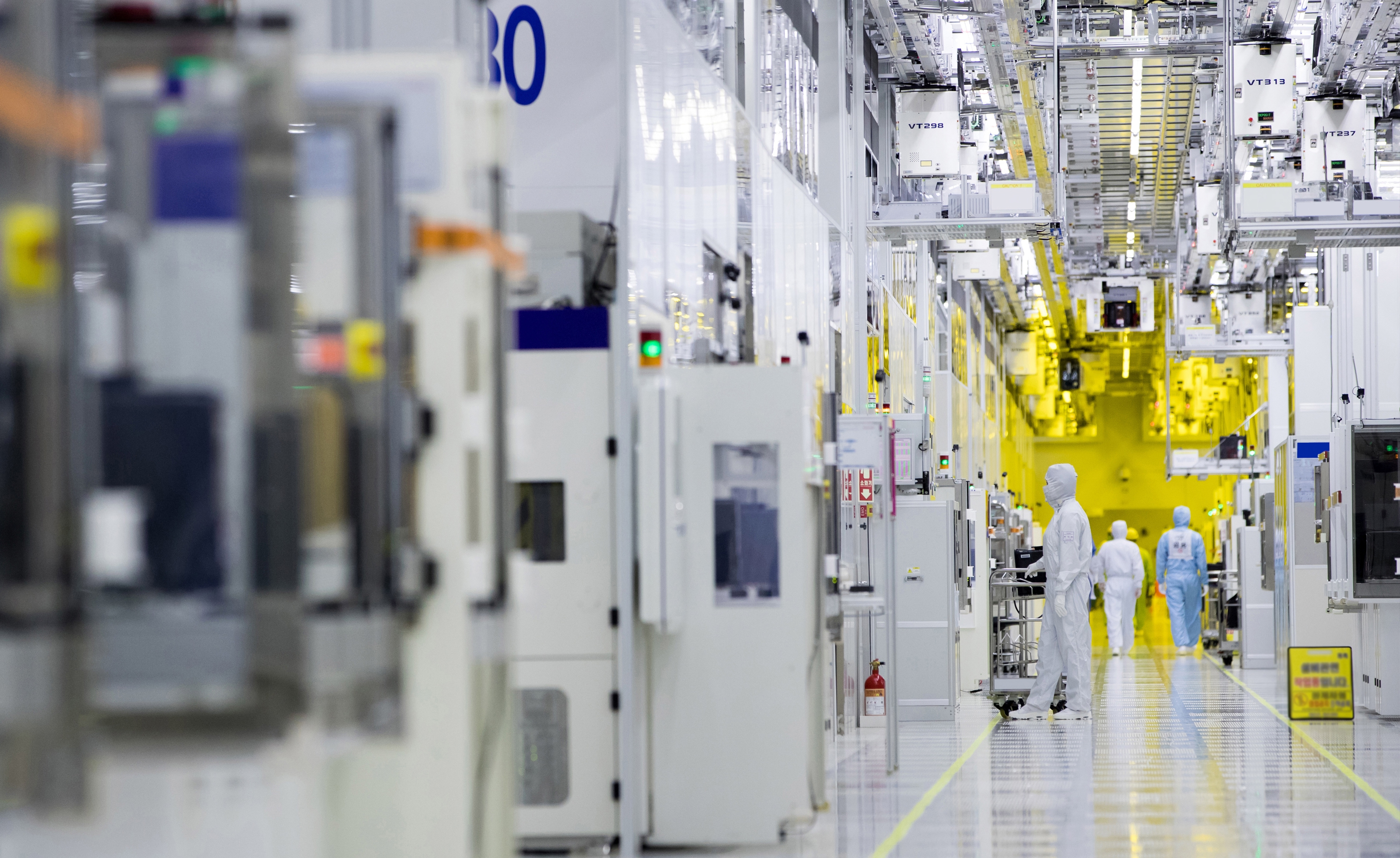CHIPS Act funding could herald an era where the U.S. is not offering grants, but buying equity — Lutnick's semiconductor strategy might not end with Intel
Lutnick expresses interest in turning grants into equity investments.

President Donald Trump was no fan of the CHIPS and Science Act. The U.S. President said in a March speech to Congress that he wanted to eliminate the subsidy: "Your CHIPS Act is a horrible, horrible thing. We give hundreds of billions of dollars, and it doesn't mean a thing." The leader then proposed that the planned $52 billion in subsidies should be put toward reducing national debt instead.
It's worth mentioning that at this point, the President had not been clued into what Nvidia even was. Since then, the ground has shifted. The U.S. and China are in a race to build out homegrown advanced manufacturing capabilities, with giants like TSMC pledging $165 billion, and Micron pledging $200 billion to build fabs on American soil.
Amidst all of this, there is a complex web of political maneuvering, an impending threat of tariffs, and the explosive growth of purpose-built AI data centres. Now, the U.S. government is pondering the question: What if the funds put aside for the CHIPS Act became investments in businesses to bolster American manufacturing of leading-edge nodes, instead?
Could Intel become the canary in the coal mine?

Between all of these factors lies Intel. The once-proud 'Team Blue' is lagging behind competitors and bleeding funds. The company's 20A node was cancelled entirely, with the business shifting its focus to the newer 18A and 14A nodes, provided it can sustain its production by attracting larger customers.
As a shot in the arm for Intel, it was granted $7.86 billion and up to $11 billion in loans under the CHIPS Act. But with the U.S. government now officially interested in a $10 billion stake in the company, it could potentially signal a new methodology for the use of funds intended for grants.
What if, instead of granting funds, the U.S. Government purchased equity in the businesses that have been granted funding? That's something that U.S. Commerce Secretary Howard Lutnick is looking to do. In an interview with CNBC, he said: "We need to make our own chips here. We cannot rely on Taiwan, which is 9,500 miles away from us and only 80 miles from China. So you can’t have 99% of leading-edge chips made in Taiwan. We want to make them here."
When questioning the feasibility of what CHIPS Act funds could materially do for U.S. taxpayers, he said: "...we should get an equity stake for our money. So we’ll deliver the money – which was already committed under the Biden administration – we’ll get equity in return for it, get a good return for the American taxpayer instead of just giving grants away."
Within the context of Intel, this all makes sense, but when looking at a list of CHIPS Act beneficiaries, the situation becomes more complex.
The U.S and potential equity investments

The list of awards from the CHIPS and Science Act is wide-ranging, covering smaller manufacturers of RF electronics, to funding titans like Intel, TSMC's Fab 21, Micron's 'megafab', Samsung's Taylor, Texas facility, Texas Instruments' fabs in Utah and Texas, and GlobalFoundries' manufacturing sites in New York and Vermont.
It won't be feasible for the U.S. to purchase equity in them all, nor would the owners of the businesses allow it. Take Samsung, which accounts for a significant portion of the entire South Korean GDP — its owners would not be rushing to give away a stake in the business for the sake of U.S. investment. And, even if it were, entities like the South Korean government would become closely involved in the process, convoluting the negotiations.
But the window is open, especially for private companies which might require a much-needed injection of cash. But, it would come at a great cost: It's unclear what partial state-ownership might look like, and for Intel, it might make some sort of sense, as the U.S. government might be able to assist in attracting large foundry customers.
TSMC is another private business that is partially owned by multiple states. The contested territory of Taiwan lays claim to a minority share of the company, and so does the Singaporean wealth fund. So, multiple states owning portions of large businesses isn't unheard of in the semiconductor industry. But when it comes to direct U.S. investment, shareholders will need to be informed ahead of inking any kind of deal.
Taiwan Economy Minister Kuo Jyh-Huei said (via Reuters): "We will also discuss with the National Development Council, as it is a shareholder of TSMC. We will thoroughly understand the underlying meaning of the U.S. Commerce Secretary's remarks, but this will require some time for discussion and assessment".
Regardless of how things shake out for the Trump Administration's efforts in seemingly tuning CHIPS Act funds into private equity or partial ownership, it will be a significant uphill challenge, especially considering the number of complexities with the businesses potentially involved.
A genuine strategy, or is it all just American saber-rattling?
The White House's strategy for utilizing CHIPS Act funds might be becoming clear. While Lutnick and others within the U.S. government might be seeking to push this initiative, it could also merely be the U.S. attempting to gain ground over China as a dominant power within the semiconductor industry. As for whether or not these designs will prove to come to fruition, or indeed even be effective, remains to be seen.
Export controls already prevent selling high-powered AI chips to China (though B30A is reportedly in the works), and the next on America's hit list may be to nurture its homegrown semiconductor efforts through the use of wanton equity investments, almost behaving like a VC firm, rather than a government.
This chatter about partially state-owned companies might draw parallels to China, which is currently grappling with challenges regarding homegrown semiconductors. (especially as the country does not have access to ASML's patented EUV lithography tools legally).
But, regardless of how things shake out, it highlights several issues for both the U.S. and China. Neither can currently produce leading-edge nodes on the same level as Taiwan's TSMC, and lessening the reliance on semiconductors made on foreign shores is a clear goal for both countries.
Follow Tom's Hardware on Google News to get our up-to-date news, analysis, and reviews in your feeds. Make sure to click the Follow button

Sayem Ahmed is the Subscription Editor at Tom's Hardware. He covers a broad range of deep dives into hardware both new and old, including the CPUs, GPUs, and everything else that uses a semiconductor.
